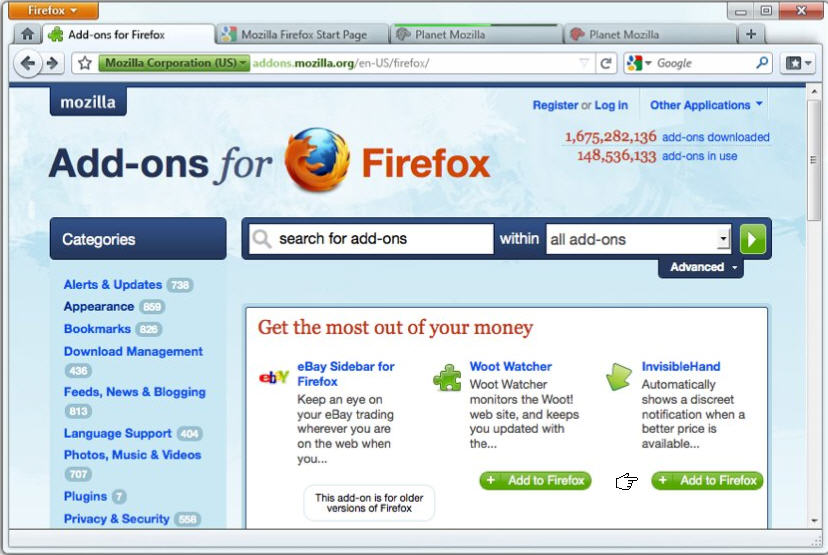Firefox 4: Can it become 'super-duper' fast?

Mozilla's Firefox browser is a lot like an aging athlete: It's far easier to stay in shape than it is to fall out of shape and recover. Firefox is in that latter camp, a slightly plump browser that aims to be as buff as a sprinter---even "super-duper fast" in its next version.
When it comes to browsers, the success of Google's Chrome reveals thin is in. Minimalist matters. The challenge for established browsers like Internet Explorer and Firefox is that they have to slim down a bit. However, that's easier said than done when you have a bunch of plug-ins, add-ons and an established user base you can't afford to alienate.
With that backdrop Mike Belzner, vice president of engineering at Firefox, delivered a Webcast outlining plans for Firefox 4. The message boils down to three words (Techmeme): Performance, power and personalization. Firefox needs to be fast, tidy and support new technologies such as 64-bit, Direct2D on Windows and other items.
Gallery: First looks at Firefox 4
The big plan (video) is to get Firefox 4 to folks by November. Everything Belzner outlined Tuesday came with a heavy caveat: Plans will change. In a nutshell, Belzner laid out plans to hit three areas:
- Users should get a fast browser with cleaner navigation, the power to manage relationships with Web sites and customization features.
- Web developers should get tools to create quick Web apps, HTML 5 technologies, native multimedia and other developer goodies.
- And Firefox 4 should be built on a platform that's stable, secure, optimized the latest hardware and armed with more speed.
Here's a look at some of the Firefox 4 concepts (all stamped with a big "plans may change" logo):
Belzner also did a nice job at outlining the current state and risks for the various project parties. Here's the look at the gaps for users.
There's a chart for Web developers too in Belzner's slides. The most notable point is that one gap for Web developers was that Firefox's syntax maps to the W3C not Webkit.
And here are the platform risks, which made some interesting points. For instance, does Firefox support touch? How about driver integration?
Like most Mozilla projects, this one is worth watching. And the best thing is that it's all out in the open for educational purposes.
Here's the full Slideshare presentation:
